|
|
|
Oxford University Press
|
Ten colourful 24-page books present content area readings in science, maths, history, and social studies. |
|
Ten colourful 24-page books present content area readings in science, maths, history, and social studies. |
|
Ten colourful 24-page books present content area readings in science, maths, history, and social studies. |
|
Ten colourful 24-page books present content area readings in science, maths, history, and social studies. |
|
Oxford Basics is a new series of short, accessible books for teachers who may be unfamiliar with communicative methodology. They are a source of guidance and ideas in areas that concern teachers every day in the classroom. Each of these books contains 30 beginning-level activities complete with ideas for boardwork and pictures that can easily be copied. All of the activities are simple and adaptable. They are particularly well-suited to classrooms where there are few resources apart from a board, paper, and pens. |
|
An accessible guide to using English in the classroom for non-native speaker teachers. The book is in two parts: Section 1 provides advice on issues such as how to check that learners have understood and when to use English. Section 2 looks at different situations in the classroom, for example, Using the coursebook and Giving instructions. |
|
Oxford Basics is a new series of short, accessible books for teachers who may be unfamiliar with communicative methodology. They are a source of guidance and ideas in areas that concern teachers every day in the classroom. Each of these books contains 30 beginning-level activities complete with ideas for boardwork and pictures that can easily be copied. All of the activities are simple and adaptable. They are particularly well-suited to classrooms where there are few resources apart from a board, paper, and pens. |
|
Oxford Basics are short, easy-to-use books based on communicative methodology. They provide ideas for teachers and guidance on how to handle everyday classroom situations. |
|
Twenty-five activities to settle children into a class or bring the lesson to an end. Starting and Ending Lessons focuses on children's need for constant language revision. It provides easy, adaptable activities that use movement and games to maintain variety in the classroom. |

|
Oxford Basics are short, easy-to-use books based on communicative methodology. They provide ideas for teachers and guidance on how to handle everyday classroom situations. |
|
A selection of activities for vocabulary work with children from 4 to 12 years of age. Each unit gives clear and accessible details of how to prepare, organize, and teach a lesson including examples of teacher language in the classroom. Taking into account the most effective ways in which children learn, the activities are designed to encourage the recall and recycling of vocabulary. |
|
Thirty simple activities designed to inform and give practice in discussing cultural topics with classes up to intermediate level. The activities are quick and easy to prepare and require few, or no, additional resources. An introduction provides guidance for teachers unfamiliar with the communicative approach. |

|
Oxford Basics are short, easy-to-use books based on communicative methodology. They provide ideas for teachers and guidance on how to handle everyday classroom situations. |
|
This book contains 30 activities at elementary level, complete with ideas for boardwork and pictures teachers can copy. All the activities are simple and adaptable. They are particularly well-suited to classrooms where there are few resources apart from a board, paper, and pens — and of course the teacher and learners themselves. |
|
This book contains 30 activities at elementary level, complete with ideas for boardwork and pictures teachers can copy. All the activities are simple and adaptable. They are particularly well-suited to classrooms where there are few resources apart from a board, paper, and pens — and of course the teacher and learners themselves. |
|
This book contains 30 activities at elementary level, complete with ideas for boardwork and pictures teachers can copy. All the activities are simple and adaptable. They are particularly well-suited to classrooms where there are few resources apart from a board, paper, and pens — and of course the teacher and the learners themselves. |
|
This book contains 30 activities at elementary level, complete with ideas for boardwork and pictures teachers can copy. All the activities are simple and adaptable. They are particularly well-suited to classrooms where there are few resources apart from a board, paper, and pens — and of course the teacher and the learners themselves. |

|
This book contains 30 activities at elementary level, complete with ideas for boardwork and pictures teachers can copy. All the activities are simple and adaptable. They are particularly well-suited to classrooms where there are few resources apart from a board, paper, and pens — and of course the teacher and the learners themselves. |
|
In this text, 25 lessons illustrate a wide variety of techniques to introduce and practice a range of grammatical structures between elementary and intermediate level. The lessons are easy to follow, prepare and adapt, and the teaching ideas introduced should be useful both for less experienced teachers and for teachers who wish to broaden their repertoire. Few or no additional resources are required for each lesson. |
|
90 activities focusing on productive and receptive skills, vocabulary, grammar, and culture. Designed for use as self-study, in one-to-one situations, or in small groups. |
|